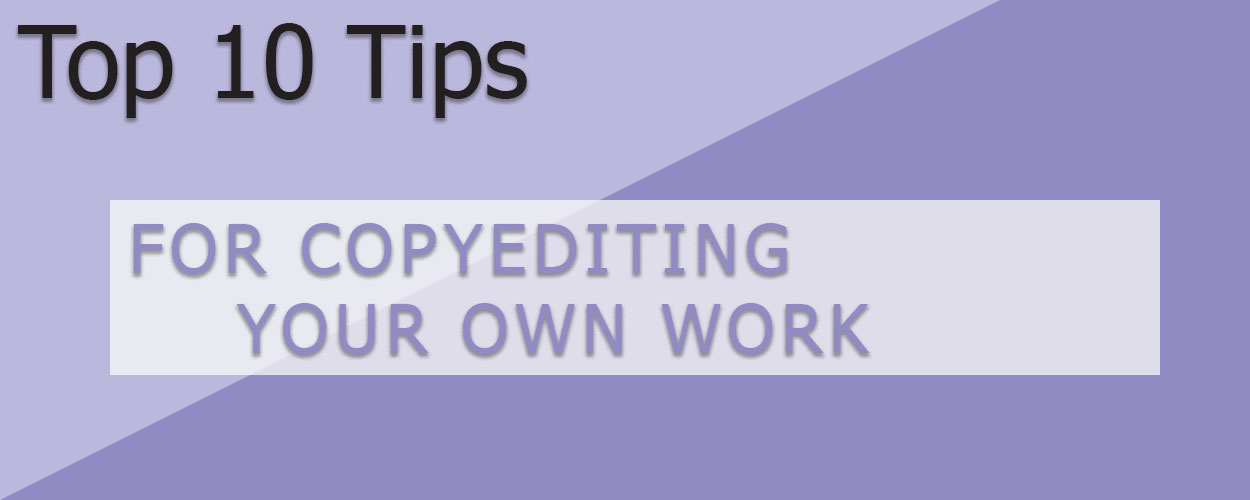

Posted: August 27, 2024
While self-editing is just one step in the long process of preparing your manuscript for publication, the act of doing as much as you can on your own is vital in good quality and cutting on costs. The less work a professional has to do on your manuscript, the more affordable their services.
But what if English isn’t your best skill? How can you improve and learn and grow? It’s not easy learning a new skill or deepening your understanding of a topic if you have no hand to guide you. Here are some tips to get you there.
This is a passive method of getting better at grammar, spelling, and punctuation. By reading high quality books, you’ll be slowly learning the rules through osmosis. It’s a way to pick up the skills without even realizing it.
Be sure to read works from a whole bunch of different authors as well so you don’t get stuck in a rut of a single author’s personal style or syntax. That way, you’ll be more well-rounded.
This can be a difficult one. How can you know what you don’t know? Simply put, you can’t. You have to discover it naturally by reviewing everything you possibly can. Familiarize yourself with all the rules, starting with the simplest—even the things you’re certain you know all there is to know about. You’ll never know if you missed something unless you check.
You can check out the linked articles at the bottom or go through my blog for all sorts of Punctuation, Grammar, and Spelling rules. (And more articles are being added every week.)
As a professional copyeditor myself, I have a system. I will always read through the document word by word, of course, but before that, there are always key items I check by searching for them. I’ll check for regional spelling, common punctuation mistakes, and other mistakes I’ve noticed that the author struggles with.
Keeping a style sheet for each specific project is vital for my line of work. If you want, you can make a similar document as well. It will ensure consistency both in spelling and punctuation.
Different countries have specific spellings for words (i.e. color vs colour, etc.) but they also have different uses of punctuation. For example, in the UK, they use single quotes (‘dialogue’) instead of double quotes (“dialogue”) for when characters are speaking. Dashes and other punctuation follow suit. Some authors I’ve worked with sometimes mix these; they’ll use an em-dash at one point, then an en-dash at another, and sometimes they’ll even use spaced hyphens. It can get confusing really quick for a reader, so these are the types of mistakes you can’t allow to slip through.
This same tip can be found in my Efficient Editing article. To me, this function is the ultimate time-saver. Not only can you use it to find misspelled words, but you can also use it to check for repetition in your story (how many times do you start a sentence with the word “he” or “she”?). You can use it for filtering out unnecessary spaces (double spaces or spaces at the start or end of a paragraph) and turning primes ("straight quotes") into proper quotation marks (“curly quotes”).
Editing your own work—especially copyediting—is one of the toughest things you can do because they’re your own words. Your brain knows what you want to say, so sometimes it will fill in the gaps. It is inevitable that you’re going to miss some mistakes, whether you don’t realize that they are mistakes or your brain just skips over them.
The sooner you can accept this fact, the less stress you will have overall.
After writing, you need to give yourself time to reset your brain from Writer to Editor. Though it may be difficult, set the manuscript aside for a week (at minimum) before going through it again.
To avoid the issue of just following along with the story, try using the method of reading the manuscript from the end to the beginning. Some authors will read the last word of a sentence, then the one before it, and before that. Others will read the last sentence, then the sentence before that, and so on. You could try both if you wanted. Reading word by word will help more with spelling, reading sentence by sentence will help more with grammar.
While not perfect, you can catch a lot of mistakes using an AI voice reader. Reading the text aloud to yourself is excellent for flow and rhythm, but you still run into the problem of skipping over spelling mistakes, whereas an automated voice will read the words as they are. As an author you may miss the difference between “definitely” and “defiantly” but a computer won’t.
If you’re not used to it, the voice may take some time to get used to, but trust me, you’ll be glad you did.
After systematically searching your document for mistakes, you’ll want to read through it from start to finish—and you’ll want to do this a bunch. Remember to take longer breaks between revisions (to allow your Editing Eye time to reset); you’re guaranteed to find mistakes you’ve missed before.
I recommend going through a document yourself at least twice before thinking about finding a professional copyeditor to go through it. When you do find some possibilities, be sure to ask for a sample edit from them (typically they’ll ask you to send about 1000 words of the document in question). This will help you determine if they’re a good match to you and your manuscript.
Self Editing and Why You Should Do It
How to Get the Most out of Self Editing
The Best Order to Edit Your Book
10 Tips for Efficient Editing
Punctuation: The Period
Tigerpetal Press is a small book press dedicated to publishing local authors and poets.